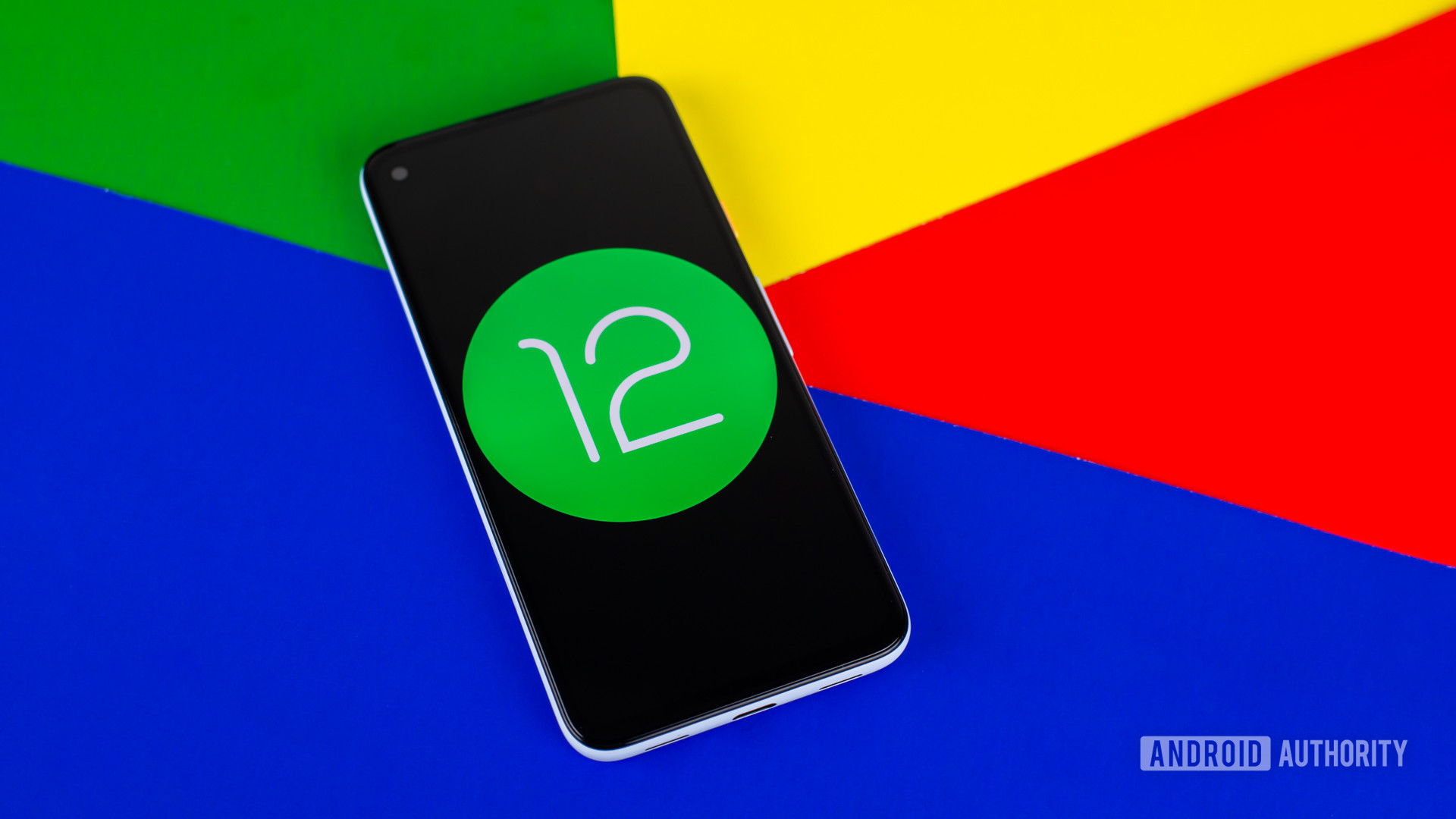Your Book's Readability is Crucial to Its Success
When self-publishing your work as a writer, it's crucial to consider various book marketing and content preparation services. Finding a talented cover designer is essential, but don't overlook the importance of well-designed interior pages. Since most people still prefer printed books, ensuring a pleasant reading experience is necessary. A well-designed layout and type font contribute to a reading experience, while subpar design can lead to readability issues and frustration. Today, hybrid and self-published books are widely accepted but are expected to meet the same quality standards as traditionally published titles.
Therefore, it's essential to find professionals who can prepare your content effectively, from layout to interior design. Expert editing is also crucial, as is considering typography and layout to ensure a high-quality interior format. These elements work together to make the content easy on the eye and not fatiguing to read for extended periods. The ideal font size for a book ranges from 10 to 12 points, with 11 points being the sweet spot. Going larger can compromise readability, so any decision to do so should be carefully considered. It's important to remember that larger fonts give a chidren’s book look.
While it may be tempting to be unique or creative, it's often best to adhere to these norms. In some cases, such as when targeting specialized audiences like senior citizens, a larger font size and alternate layout might be warranted, as these can improve the reader's experience. However, it's worth noting that such specialized adjustments are relatively rare. Additionally, online booksellers may label books with typography larger than 12 points, potentially impacting readers' perceptions of the book's quality. It's important to consider this when finalizing your book's interior design and content presentation.
Another crucial element to consider is margins. After settling on a font and size, ensuring that the text has ample space for readability is essential. Sacrificing readability to reduce page count and printing costs is not advisable. Ultimately, the goal is to create a comfortable reading experience for your audience. Text that is packed onto pages can detract from the enjoyment of the reading experience. Therefore, ample margins are essential, allowing the content to breathe and enhancing readability.
What's Your Reaction?
 Like
0
Like
0
 Dislike
0
Dislike
0
 Love
0
Love
0
 Funny
0
Funny
0
 Angry
0
Angry
0
 Sad
0
Sad
0
 Wow
0
Wow
0



















































